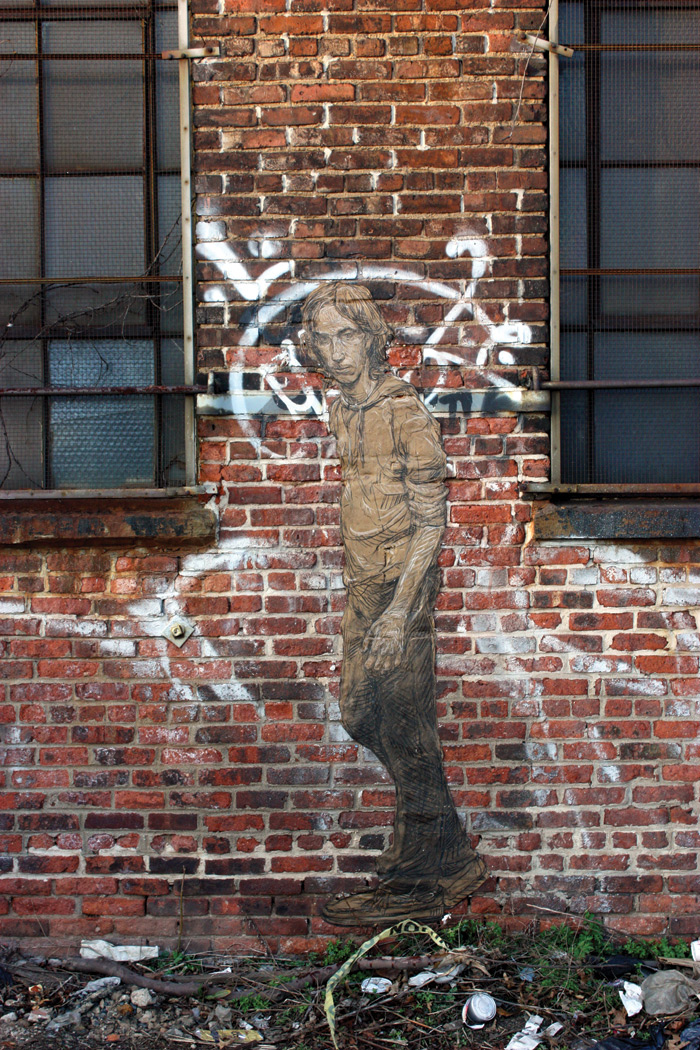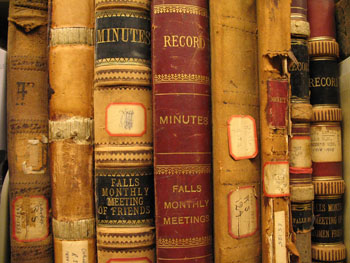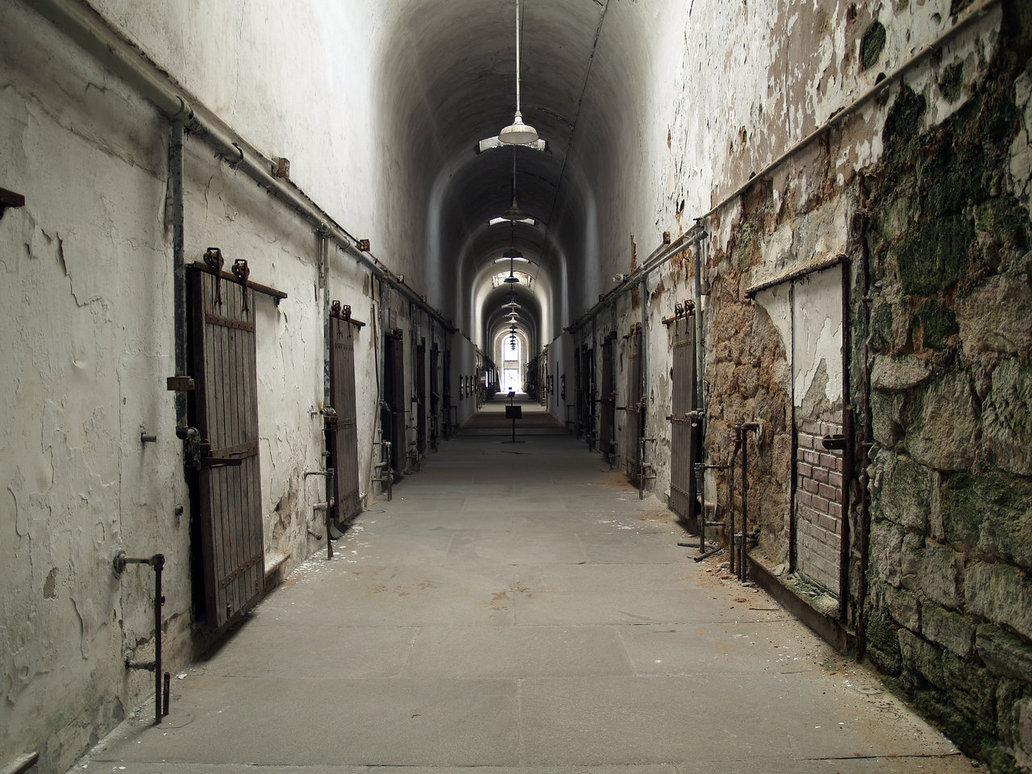All is calm on the surface of this fashion show. But is it really?
By Sila Ogidi
“Stop! Go back! I left so many things in the common room, I couldn’t carry it all by myself.”
The Rehearsal
Despite the cold weather outside, Getrude Makurumidze, a Zimbabwean sophomore, had on a classy white blazer with a black knit maxi dress meant for summers under the sun with a good book and big sunglasses. With one hand lifting her dress just high enough for her to run, she makes her way to the Pembroke East dorm common room at Bryn Mawr College to retrieve her suitcase and large bag containing everything from shoes to fabric and woven baskets. It was Saturday and Getrude, 20, was on her way to the Bryn Mawr African and Caribbean Student’s Organization (BACaSO) Annual Fashion Show dress rehearsal.
Behind the stage and grand room of Thomas Great Hall stood rows of chairs with names taped to the seat where she began to rearrange them. First alternating, then single file.
-“Getrude what are you doing?”
-“I don’t know if I should alternate them or have them in a single file. What do you think?”
Silence.
“I’ll just make it single rows.”
She stood alone backstage at 4:20p.m. for the rehearsal that should have started 20 minutes ago. There wasn’t a single sign of frustration or anxiety in her face. Her smooth skin did not wrinkle even with time against her. In the absence of her BACaSO public relations partner, she took charge of the suitcases, unpacking and sorting the clothes for each model before they arrived. No one would think the show was only two and a half hours away.
“We’re here!” yelled Rosemont College model, Vimbai, over the phone. “Where should we meet you?”
Getrude walked out the building to meet the first of her models. Her calm demeanor is replaced with a vibrant upbeat smile and laugh that can only be mastered by someone used to putting on a show.
Back in the hallway behind the stage more models started to arrive and Getrude amps up the take-charge attitude she had when she was alone. The set quickly turns into a lively party as models catwalk to Afro-Caribbean beats of their choice. Everyone is laughing and smiling except Getrude. She is arranging chairs around the stage and if you weren’t watching her, you’d never know she was there. She was a silent force with a desire for perfection.
-“I have to go to the train station.”
– “Ok.”





